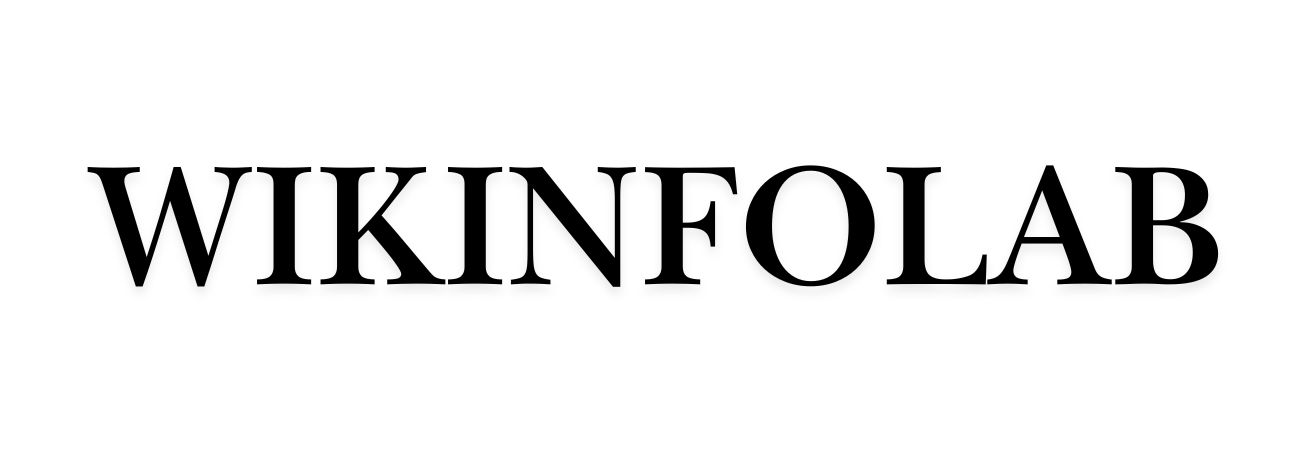Introduction to 3D Pens
In the realm of modern technology, the 3D pen stands out as a fascinating tool that has captured the imagination of artists, hobbyists, and educators alike. Unlike traditional pens, 3D pens allow users to draw in three dimensions, creating tangible objects with ease. This innovative tool is not only a game-changer in art and design but also serves as an educational aid, making complex concepts more accessible to learners of all ages.
The significance of 3D pens lies in their ability to transform simple sketches into three-dimensional models, providing a hands-on experience that enhances understanding and creativity. As technology continues to evolve, 3D pens are becoming more sophisticated, offering a range of features that cater to both beginners and professionals. From creating intricate art pieces to prototyping small models, the applications of 3D pens are as diverse as the users themselves.
In this article, we will delve into the various aspects of 3D pens, exploring their functionality, applications, and the impact they have on different sectors. Whether you’re an artist looking to expand your toolkit or an educator seeking innovative teaching methods, understanding the capabilities of 3D pens can open up a world of possibilities.
How 3D Pens Work
The mechanics of a 3D pen are both simple and ingenious. At its core, a 3D pen functions similarly to a handheld 3D printer. It uses a heating element to melt plastic filament, which is then extruded through a nozzle. As the plastic cools, it solidifies, allowing users to create structures that stand on their own.
Most 3D pens use either PLA or ABS plastic filaments, each with unique properties. PLA, derived from renewable resources like corn starch, is biodegradable and emits a sweet smell when heated. It’s often preferred for its ease of use and environmental benefits. ABS, on the other hand, is more durable and flexible, making it suitable for projects that require resilience.
Operating a 3D pen involves a learning curve, but many models come with adjustable settings that allow users to control the speed and temperature of the extrusion. This flexibility makes it easier to tackle various projects, from delicate art pieces to robust models.
As users become more adept at using 3D pens, they can experiment with different techniques, such as layering or blending colors, to achieve desired effects. The versatility of 3D pens is further enhanced by the availability of various nozzle sizes, enabling more detailed work.
Applications and Benefits of 3D Pens
The applications of 3D pens are vast, spanning across multiple industries and hobbies. One of the most popular uses is in art and design, where artists can create sculptures, jewelry, and decorative items with ease. The ability to draw in three dimensions allows for greater expression and innovation, pushing the boundaries of traditional art forms.
In education, 3D pens are invaluable tools for teaching STEM subjects. They provide a tangible way for students to understand concepts such as geometry, physics, and engineering by constructing models and prototypes. This hands-on approach not only enhances learning but also fosters creativity and problem-solving skills.
Moreover, 3D pens are increasingly being used in prototyping and product design. Designers can quickly create models to test ideas, iterate designs, and communicate concepts to clients or team members. This rapid prototyping capability reduces development time and costs, making it an attractive option for startups and small businesses.
Beyond professional applications, 3D pens offer numerous benefits for personal use. Hobbyists can enjoy creating personalized items, repairing household objects, or even crafting unique gifts. The accessibility and affordability of 3D pens make them a popular choice for anyone interested in exploring new creative avenues.
In summary, 3D pens are versatile tools that unlock new possibilities in creativity and innovation. Their impact is felt across various fields, making them a valuable addition to any toolkit.






